Phallus rugulosus
Scientific name: Phallus rugulosus (E. Fisch.) Lloyd
Derivation of name: Phallus means "male member,
penis." Rugul means "wrinkled" likely in reference to
the sometimes wrinkled appearance of the head of this
stinkhorn.
Synonyms: Ithyphallus rugulosus E. Fisch.
Common name(s): Wrinkly stinkhorn.
Phylum: Basidiomycota
Order: Phallales
Family: Phallaceae
Occurrence on wood substrate: Saprobic; solitary or
grouped on wood chip mulch, lawns, garden beds;
spring through fall.
Dimensions: Fruitbody up to about 15 cm tall and up
to 1.5 cm thick.
Description: Fruitbody at first a whitish egg-like
stage, resembling a puffball. The egg is attached to the
substrate by white mycelial strands (rhizomorphs). The
outer
wall (peridium) of the egg splits and a hollow,
spongy stalk expands which may be reddish-orange
when fresh but fades to orangish at the apex and
yellowish
or paler
toward the base. The surface of the
stalk is coarsely pocked. A slimy, olive-brown, fetid
spore mass covers a detachable conical or bell-shaped
head or cap which may be smooth or granular and
wrinlked in appearance. A membranous veil may or
may not be associated with the head.
Edibility: Unknown.
Comments: This species was initially featured on this
website as Phallus
rubicundus. Michael Kuo
(December, 2019, MushroomExpert links below)
indicates that Phallus rugulosus has been mislabeled
as Phallus rubicundus in field guides and on his
website. The two species are closely related but may
be separated with some confidence when fresh
specimens are examined. Kuo
states that P. rubicundus
"has a red to pink stem
that
is, on average, somewhat
thicker than the skinny, orange-when-fresh stem of
Phallus rugulosus." In addition, P. rugulosus appears
to be the more common species north of Virginia.
Based on this information, I believe the P.
rubicundus
photos
Gary Lincoff
sent
me in 2009 from Central
Park in
New York
City and my 2008 photos from PA
are of P. rugulosus and not P. rubicundus. I believe
Gary would
agree. At the time, we were aware only of
P. rubicundus.
For Phallus rugulosus:
More information at MushroomExpert.com
For Phallus rubicundus:
More information at MushroomExpert.com:
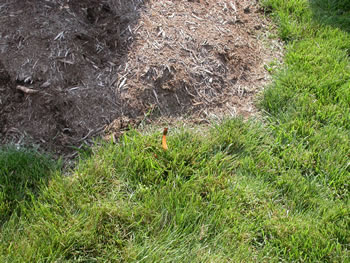
Figure 1.
Phallus rugulosus growing at the edge of a
wood-mulched landscape bed in 2008. This was my first
sighting of this species in Pennsylvania.
Photo © Gary Emberger.
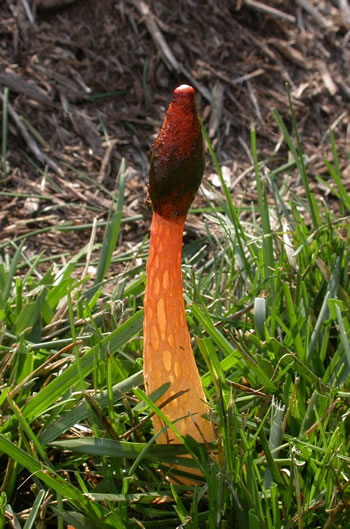
Figure 2. A close-up view of the
specimen in Figure 1.
Photo © Gary Emberger.
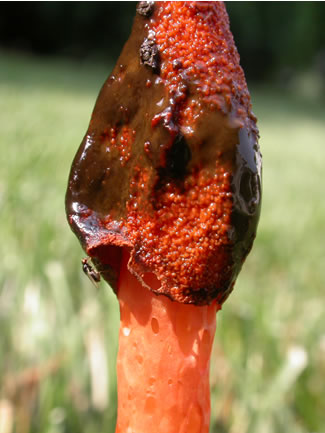
Figure 3. The bottom edge of the slime-covered cap
is not attached to the stalk. Photo © Gary Emberger.
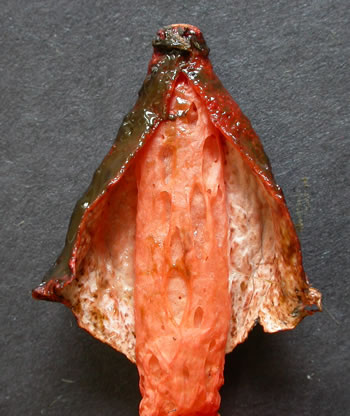
Figure 4. The head (or cap) cut longitudinally to show
its point of attachment at the tip of the stalk. The
presence of this detachable, skirt-like, differentiated
head clearly distinguishes this species from stinkhorns
in the genus Mutinus such as M.
elegans which bear
their slime directly on the upper part of the stalk.
Photo © Gary Emberger.
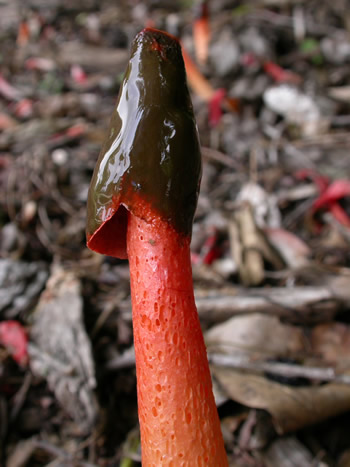
Figure 5. A different specimen showing the bottom edge
of
the slime-covered head
free from the stalk.
Photo © Gary Emberger.
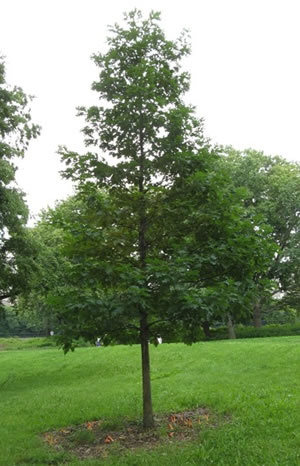
Figure 6. Phallus rugulosus growing in wood mulch
under an oak tree in Central Park, New York City, NY.
Photo © Gary Lincoff.
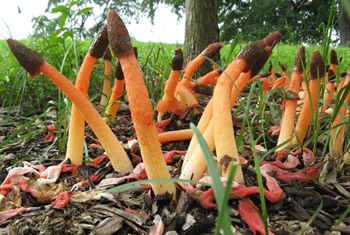
Figure 7.
Clusters of stinkhorns growing under the oak
tree pictured in Figure 6.
Photo © Gary Lincoff.
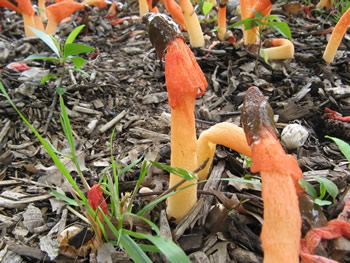
Figure 8.
According to Gary Lincoff, some of the Central
Park specimens had veils while others didn't. The veils
first appear at the top of the stalks.
Photo © Gary Lincoff.
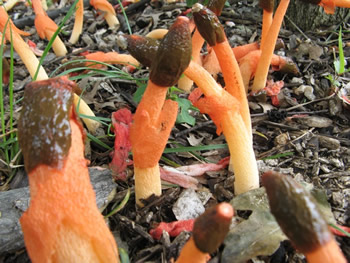
Figure 9. The veils detach and slip down the stalk,
ultimately falling away and disappearing.
Photo © Gary Lincoff.
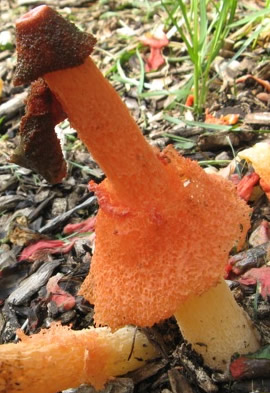
Figure 10.
A particularly well-developed veil.
I have not confirmed in the literature that a
veil is
present on some specimens of P.
rugulosus. Veils
are described as occasionally
present in P. rubicundus but these two
species are confused in the literature.
Photo © Gary Lincoff.
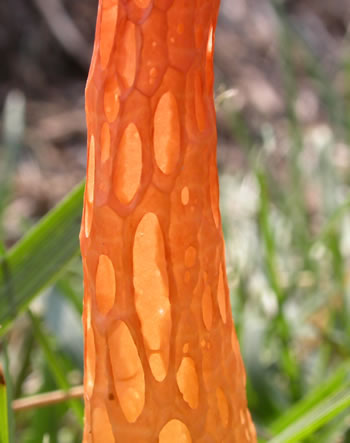
Figure 11. An unusual feature of Phallus rugulosus
is the
presence of elongated, pit-like depressions
covering the
stem
surface. Photo © Gary Emberger.
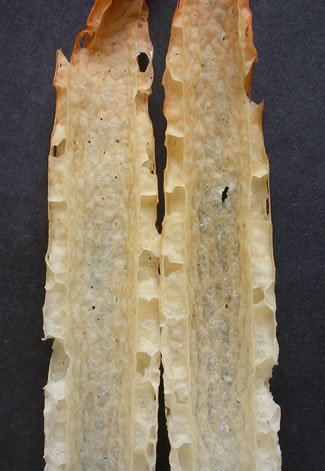
Figure 12. A dissected stalk of Phallus rugulosus
revealing its hollow nature and the spongy wall bearing
the pit-like depressions. Photo © Gary Emberger.
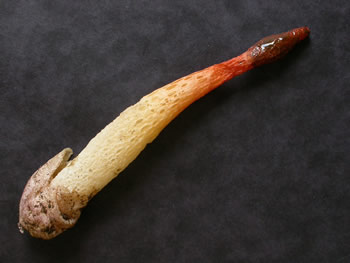
Figure 13. The entire fruitbody of Phallus rugulosus
showing the volva-like remains of the egg, the pitted
stalk, and slime-bearing head. Photo © Gary Emberger.
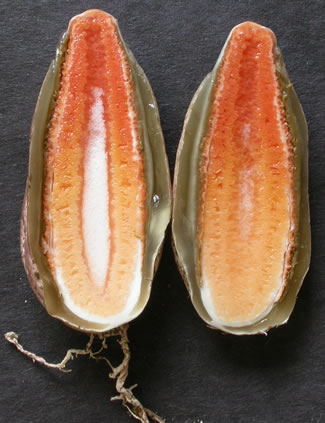
Figure 14.
A dissected young "egg" of Phallus
rugulosus. The color gradient from top to bottom was
also evident in the stalk of the mature specmen. Note
the
rhizomorphs at the base of the egg.
Photo © Gary Emberger.